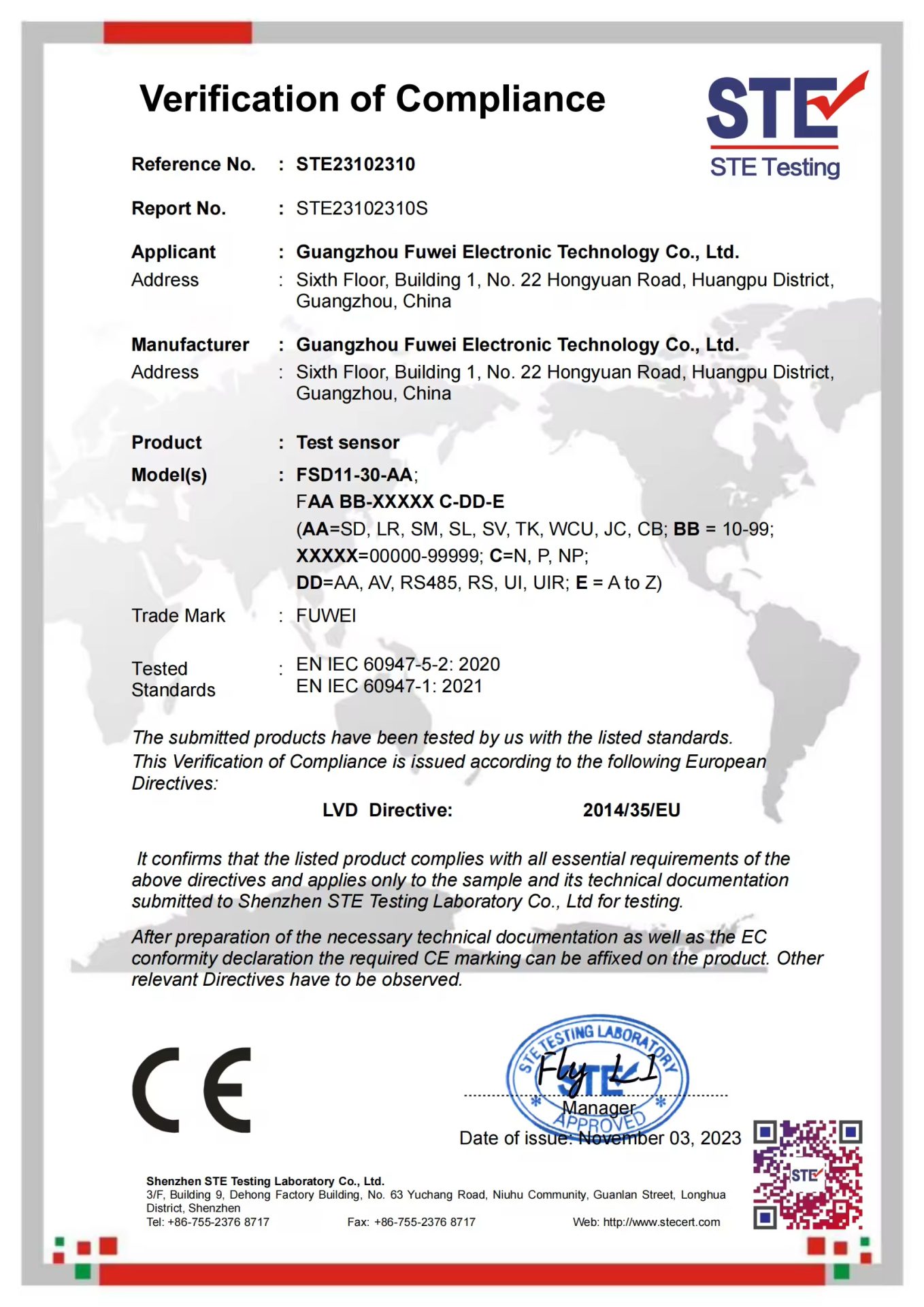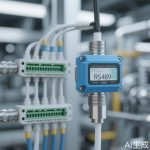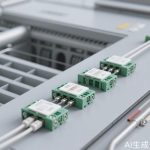In the rapidly evolving landscape of industrial automation, pressure sensors stand as silent sentinels, ensuring precision, safety, and efficiency across countless applications. These unassuming devices are the backbone of modern manufacturing, enabling machines to respond to changes in pressure with remarkable accuracy. From automotive assembly lines to pharmaceutical production, pressure sensors play a pivotal role in optimizing processes, reducing waste, and enhancing productivity. As industries worldwide embrace the fourth industrial revolution, the demand for advanced pressure sensing technology has never been greater.
At their core, industrial automation pressure sensors convert physical pressure into an electrical signal, providing real-time data that automated systems use to make critical decisions. Whether monitoring hydraulic systems, controlling pneumatic actuators, or safeguarding equipment from overpressure conditions, these sensors deliver the reliability required in high-stakes environments. Modern pressure sensors come in various types, including piezoresistive, capacitive, and optical, each tailored to specific industrial needs. Their ability to operate in extreme temperatures, corrosive atmospheres, and high-vibration settings makes them indispensable in sectors like oil and gas, food and beverage, and chemical processing.
One of the most significant advantages of integrating advanced pressure sensors into automation systems is the dramatic improvement in energy efficiency. By providing precise control over fluid and gas systems, these sensors help minimize energy consumption, reduce operational costs, and lower the carbon footprint of industrial activities. For instance, in compressed air systems, which are notorious for energy waste, pressure sensors ensure that air is delivered only when and where it is needed, eliminating leaks and optimizing performance. This not only saves money but also aligns with global sustainability goals, making pressure sensors a key enabler of green manufacturing practices.
Safety is another area where pressure sensors make a profound impact. In hazardous industrial environments, even minor pressure fluctuations can lead to catastrophic failures, equipment damage, or endanger workers. Pressure sensors act as early warning systems, detecting anomalies and triggering automatic shutdowns or alerts before problems escalate. In the pharmaceutical industry, for example, they ensure that sterilization processes maintain exact pressure levels, guaranteeing product safety and compliance with stringent regulatory standards. Similarly, in the automotive sector, they are critical for testing brake systems and airbags, where precision can mean the difference between life and death.
The rise of the Industrial Internet of Things (IIoT) has further amplified the importance of pressure sensors in automation. Connected sensors now provide not only real-time monitoring but also predictive analytics, allowing maintenance teams to address issues before they cause downtime. By integrating with cloud-based platforms, these smart sensors enable remote diagnostics, data logging, and trend analysis, transforming maintenance from a reactive to a proactive endeavor. This connectivity fosters a new era of smart factories, where every component communicates seamlessly, driving unprecedented levels of operational intelligence and agility.
Looking ahead, the future of industrial automation pressure sensors is brimming with innovation. Emerging technologies such as MEMS (Micro-Electro-Mechanical Systems) are making sensors smaller, more affordable, and more versatile than ever before. Advances in materials science are enhancing their durability and resistance to harsh conditions, while artificial intelligence and machine learning are unlocking new possibilities for data interpretation and autonomous decision-making. As industries continue to prioritize automation, the humble pressure sensor will undoubtedly remain at the forefront, evolving to meet the ever-growing demands of efficiency, safety, and sustainability.
In conclusion, industrial automation pressure sensors may not always be in the spotlight, but their contribution to modern manufacturing is immeasurable. By enabling precise control, enhancing safety, and supporting sustainable practices, they are truly the unsung heroes of the industrial world. As technology continues to advance, these devices will play an even more critical role in shaping the factories of the future, proving that sometimes the smallest components can have the biggest impact.




Leave a Message